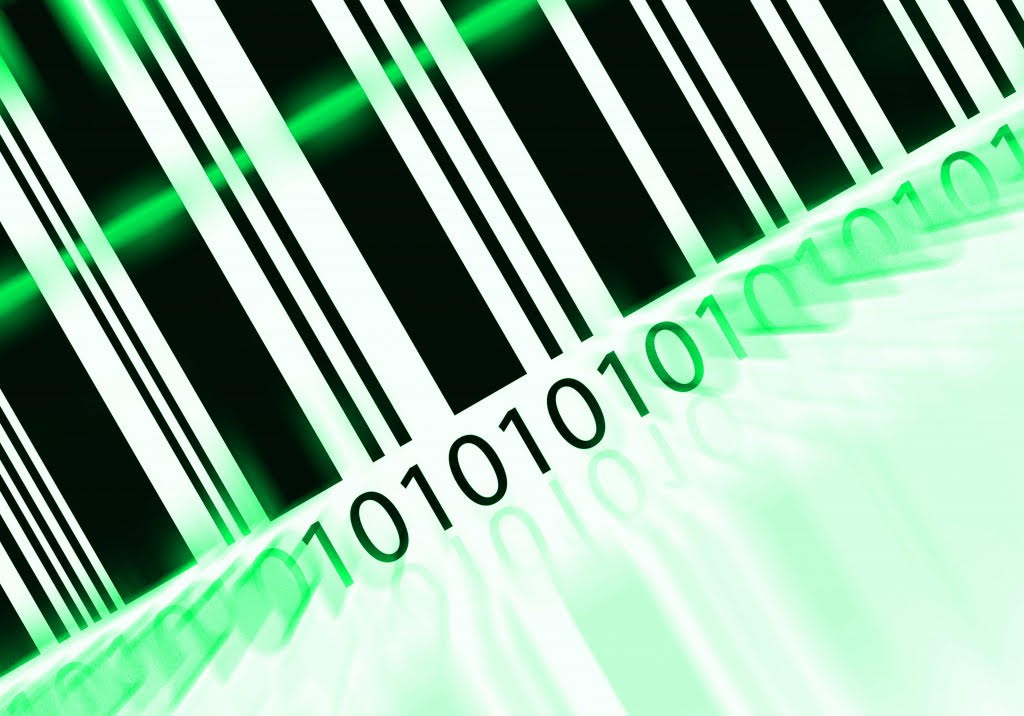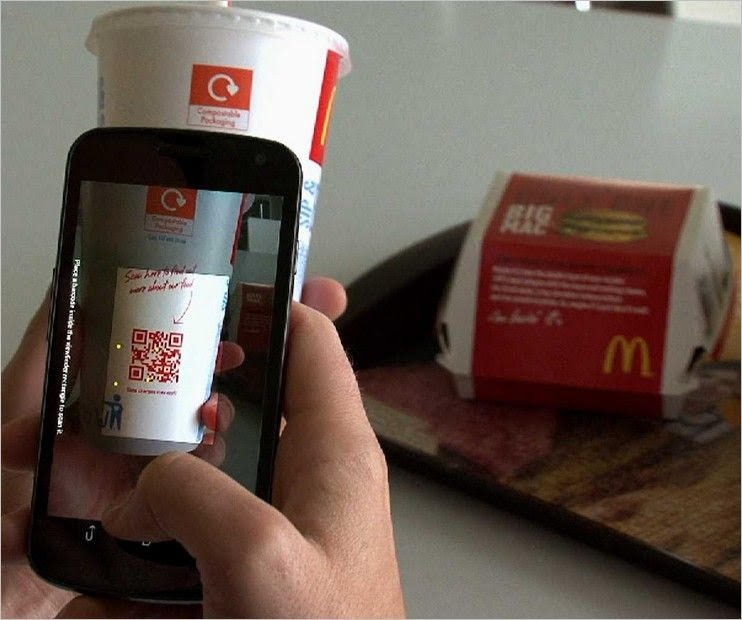Jul 31, 2020 by Mark Dingley

Chances are “barcode” would be one of the first to come to mind! It is responsible for one of the most recognisable “beep” sounds in the world as products are scanned at the register.
The trusty barcode enables a product to move through the supply chain by storing key information in layers for tracing, identification and management. It’s pretty powerful for such a seemingly small icon on the box. Here’s the thing, the barcode is not the only code with super powers! There are other codes that give manufacturers the ability to improve their processes, including the all-important traceability.
Here are the 5 codes every manufacturer should know, and when to use them.
Packaged foods, in Australia, with a shelf-life of less than two years must have a use-by date printed on the primary packaging and a best-before date in most other cases. What’s the difference you ask…
| Use-by date | Best-before date |
|---|---|
| This signifies the day and/or month by which the product should be consumed for health & safety reasons. Example: perishable products like Milk. |
This date is used to indicate when a product is at the end of its peak quality, rather than for safety. Example: longer-life products like canned corn. |
Find more information on date-coding requirements on the Food Standards Australia New Zealand (FSANZ) website.
Central to traceability is the batch number or lot number.
According to FSANZ traceability is "the ability to track any food through all stages of production, processing and distribution (including importation and at retail)".
Products with the same batch number are considered, in all respects, to be exactly the same. Picture this scenario: two packets of chips have the same ingredients and same quantities however just before the second packet was manufactured the same factory began processing nuts. Now the second packet must have a different batch number to the first.
If one of the ingredients were sourced from a different supplier the same would apply, even if the taste and appearance was the same as the first packet of chips. Why is a batch code useful? Products can be easily traced back to a specific batch if a consumer, retailer or manufacturer identifies an issue with the product. This enables recalls for products with the same batch code. Furthermore, the smaller the batch, the smaller the cost to the manufacturer. You can find out more about batch codes on the Food Standards Australia and New Zealand website.
Tracing a product through the supply chain is achieved through the use of an identification code. This may be using alphanumeric codes or barcodes.
The code can be engraved or printed directly onto the product or alternatively printed on a label and affixed to the product. The advantage of being able to directly apply the identification code to the product means that if the label is worn off over time the code will always remain.
Identification codes can include details such as:
Useful for tracking the product’s location and performance, the code can be read during the manufacturing, assembly and testing points and tells the manufacturer when the product exits the production line.
An automated vision system is used to read the identification codes and can be integrated with software such as Matthews iDSnet.
Barcodes (also referred to as "bar codes"), which consist of bars, spaces and a number, help to quickly identify a product. They are images read by a machine, are unique to each product and represent a whole host of data.
They are used across a wide range of industries, from retail to healthcare, to identify trade items/products, locations, logistic units/cartons or pallets, and assets. In a warehouse or at a retail checkout the barcode is scanned and the image decoded, which transmits the data for interpretation and processing. Different applications require different types of barcodes.

The 3 applications for barcodes.
| Product Barcodes | Carton Barcodes | Pallet Barcodes |
|---|---|---|
|
Used at the Point of Sale (POS) in retail and are printed on the products packaging. Technical Name: Global Trade Item Number (GTIN) as they include a number that uniquely identifies the product on a global scale. |
Barcodes on shipper items are used to identify products through the transportation and distribution phases. They can be printed on to the carton or if you use a generic carton printed onto a label and applied to the carton. Here’s how to apply carton labels. |
A shipment can contain pallets or containers of mixed or single products, with a Serial Shipping Container Code (SSCC) being applied identification, management and logistics tracking for the lifetime of the warehousing, distribution and transport process. |
To learn more about barcodes take a look at our Barcode FAQs.
Scanned by smartphones or tablets QR codes are two-dimensional and are primarily used to communicate with consumers and generate an action. Although seemingly a relatively new concept they were actually created in Japan over 20 years ago for use in the automotive manufacturing process. When scanned by your mobile phone the software deciphers the code and connects you to a website.
Without taking up valuable real-estate on a package the QR code enables brands to provide more information to consumers and also helps them to track results. They can also be used to generate immediate action such as entry into a competition or providing product feedback.
Generate and manage promotional codes using a system such as Matthews iDSnet.

For more information on how to apply codes to your products talk to the our experts on +61 3 9763 0533 today.